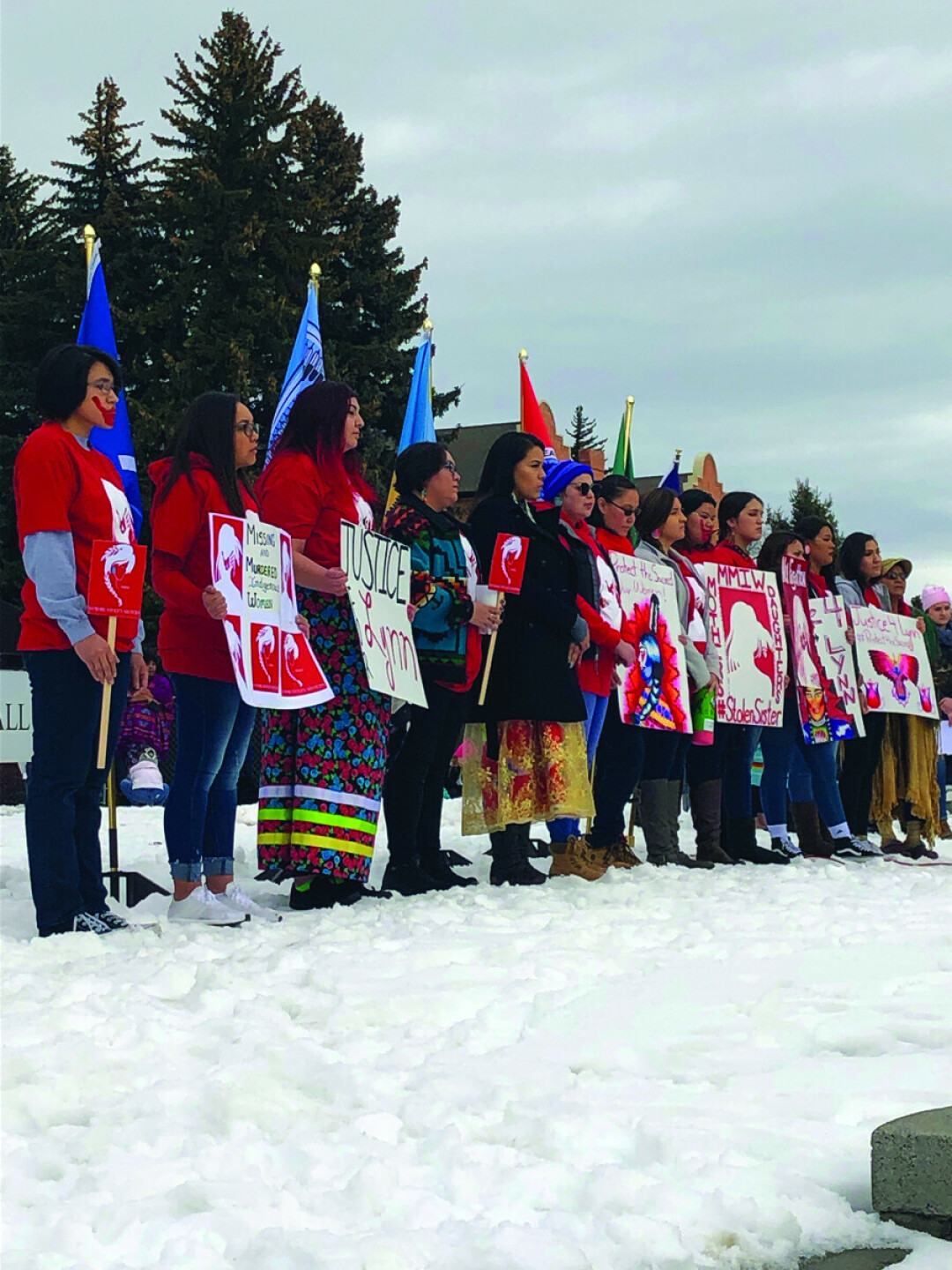The Crisis of Missing and Murdered Indigenous People in Montana
The case of Kaysera Stops Pretty Places, an 18-year-old girl from Big Horn County, Montana, is a real-life case study of the systemic failure and severe injustices faced by Missing and Murdered Indigenous Women (MMIW), not only in Montana but across the United States. Kaysera went missing in August 2019 and her body was discovered just a few days later. However, the response from law enforcement was severely delayed. Despite clear evidence and the family’s diligent efforts to engage with authorities, the Big Horn County Sheriff’s Office, the FBI, and the Montana Department of Justice have repeatedly failed to adequately investigate her murder. Throughout the investigation, there were a number of actions by local officials that raised skepticism; for instance, the premature cremation of Kaysera’s remains that not only went against the family’s cultural practices but also increased their grief and frustration. This negligence by law enforcement ultimately destroyed any potential forensic evidence that could have furthered the investigation.
This case reflects the broad, systemic indifference and incompetence that continues to obstruct MMIW investigations, leaving families to seek justice on their own in a setting of institutional disregard. Throughout this case we see a clear structural issue where Indigenous communities are forced to contend with the lack of concern and incompetence of the institutes that are supposed to be protecting them. According to the Bureau of Indian Affairs, approximately 4,200 missing and murdered cases have gone unsolved and cold, leaving families without answers. Kaysera’s story is a call to action, demanding not only justice for her and her family but also for countless other Indigenous women and girls whose cases remain unsolved and overlooked by a system that has continued to fail them.
The issue goes beyond the Kaysera case; the epidemic of Missing and Murdered Indigenous People (MMIP) is a national issue that has gained increased recognition in recent years; however, in the state of Montana, there is inadequate coverage of victims’ stories in the media. This poses the question: why does news of missing girls from various parts of the U.S. frequently get national attention, yet the appalling issue of missing Indigenous women in Montana rarely receives comparable coverage. Even locally, let alone nationally, the predicament of missing Indigenous women, a crucial issue in our state, rarely receives the coverage it should. This discrepancy sheds light on the lack of awareness, and reveals a serious reporting gap.
The concerning rates of homicide and disappearances of indigenous people, particularly women and girls, have become the central focus of the MMIP crisis. According to a 2016 report from the National Institute of Justice, over 84% of American Indian and Alaska Native women have faced violence at some point in their lives, including 56.1% who have been victims of sexual violence. For perspective, that’s more than 1.5 million American Indian and Alaskan Native women who have experienced violence in their lifetime. In 2016, out of 5,712 reports of missing Indian and Alaska Native women, only 116 were properly logged under the U.S. Department of Justice’s federal missing persons database. This corresponds with the historical and current systemic issues, such as colonization, racism, and the failure of law enforcement agencies and their responsiveness to cases involving Indigenous victims. Statistics have continuously shown the disproportionate impact of violence on Indigenous communities in the United States. For instance, according to a report done by Montana Public Radio, Indigenous women are murdered at rates more than ten times the national average in certain regions. However, due to underreporting and a lack of proper data collection methods, the full extent of the crisis and its severity remains skewed. Much of this can be due to the remarkable underfunding of the tribal police and justice system.
Native people make up roughly 2% of the U.S. population, but Montana, a state with a considerable Indigenous population among the Blackfeet, Crow, and Northern Cheyenne tribes, faces its own set of issues with the MMIW crisis. Despite its small population in comparison to other states, Montana frequently ranks as one of the top five states with the highest rates of missing and murdered Indigenous people, with Indigenous women being 10 times more likely to go missing. In January 2023, Montana Public Radio stated that at that time, there were 45 indigenous individuals reported missing in Montana. Twenty of them were missing for over a year, and 22 of the missing individuals were under the age of 18. According to the Urban Indian Health Institute, in the U.S. the youngest MMIW victim was only a year old, emphasizing the exposure of indigenous youth to violence and disappearances.
Factors Contributing to the MMIP Crisis in Montana
Several connected factors contribute to the MMIW crisis in Montana. Historical trauma and jurisdictional difficulties have worsened the problem. Conflicting responsibilities among tribal, state, and federal agencies frequently result in administrative delays and gaps in responding to MMIW cases, creating a gray area of justice, and leaving many people without answers. There are many issues within law enforcement agencies, such as limited resources, inadequate training, and biases. These issues have frequently obstructed effective investigation and preventive efforts. Montana’s rural landscape creates geographical challenges to obtaining services and resources, making Indigenous tribes more vulnerable to violence and exploitation. The isolation of many Indigenous communities increases these challenges.
Addressing the MMIP Crisis in Montana
Addressing Montana’s MMIW epidemic requires a collaborative effort that includes tribal nations, state and federal agencies, law enforcement, and community organizations. Enhancing data collection methods and developing rules for reporting and documenting MMIW cases are critical steps toward providing the issue’s visibility and accuracy. Allocating resources to law enforcement, victim services, and community-based organizations is also crucial for increasing prevention, investigation, and support services for MMIW cases. Culturally competent training for law enforcement officers, medical professionals, and service providers will help to guarantee that indigenous populations’ needs are understood and met.
Murder is the third leading cause of death for Native women, and it’s clear that change is needed to ensure the safety of all Indigenous women. Four thousand two hundred; that’s how many families have been left without answers. These aren’t just numbers; they are sisters, daughters, mothers, and families that never received answers or proper investigations. Strengthening tribal support and enhancing cross-jurisdictional authority are crucial steps to addressing MMIP cases within their communities. Recognizing the historical and ongoing injustices faced by Indigenous communities, and implementing targeted interventions, can help address the root causes of this crisis. It’s essential to ensure justice and safety for all Indigenous peoples in Montana. This crisis has gone on for far too long, with far too many women missing or murdered. Each of these women deserves justice, and their stories must be told. To stop these tragedies, we must commit to exposing these injustices and pushing for structural reforms.

